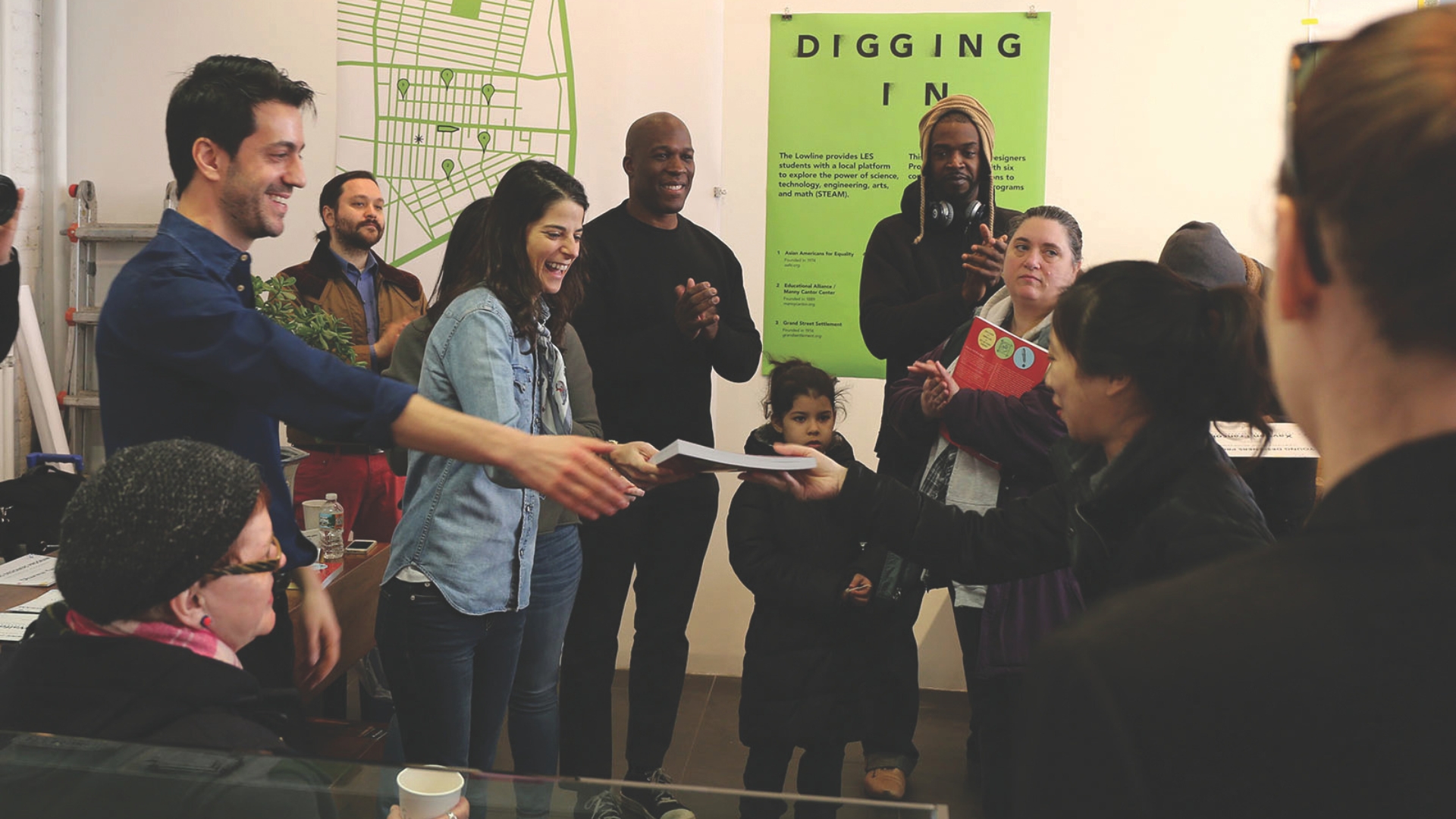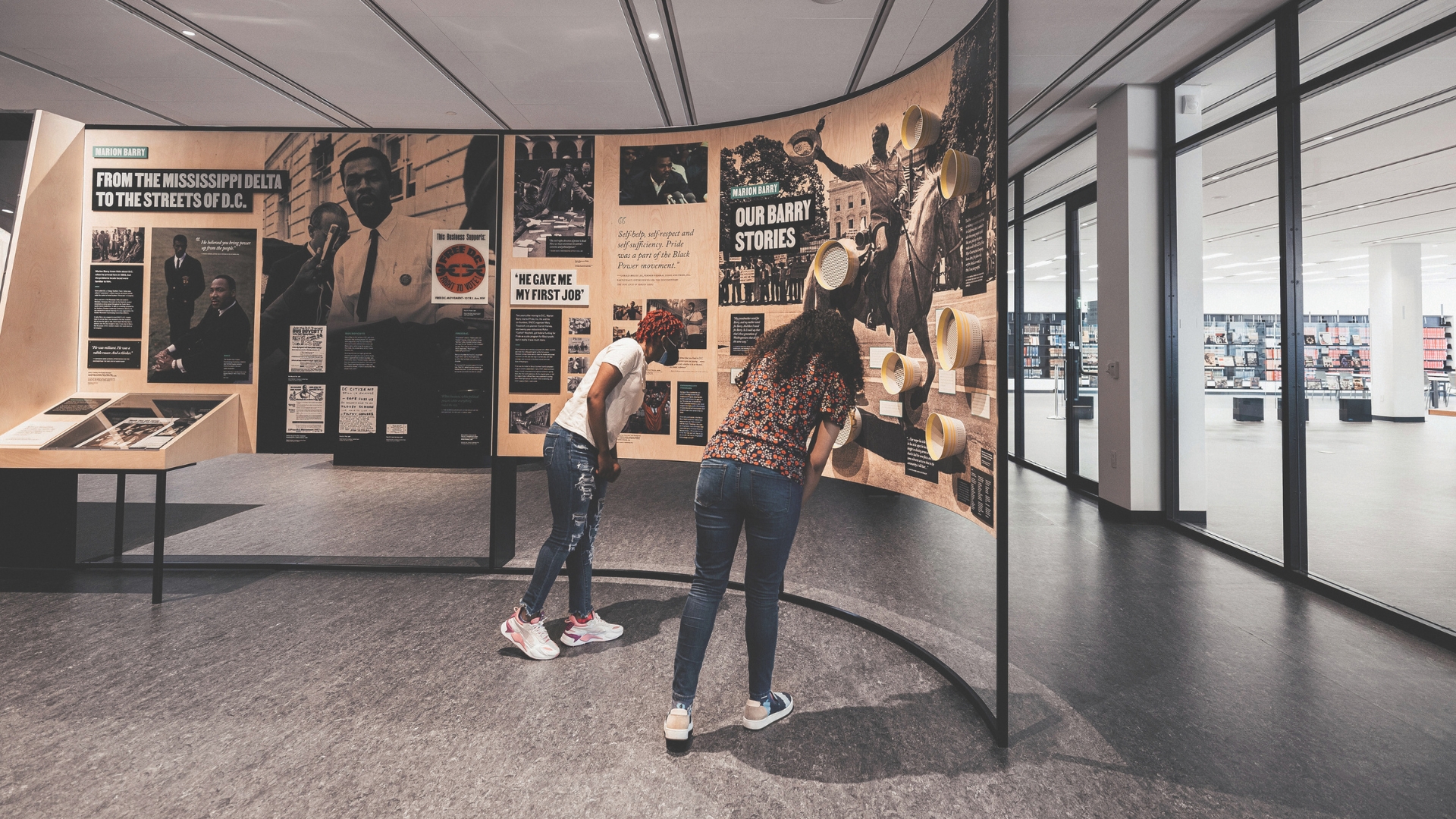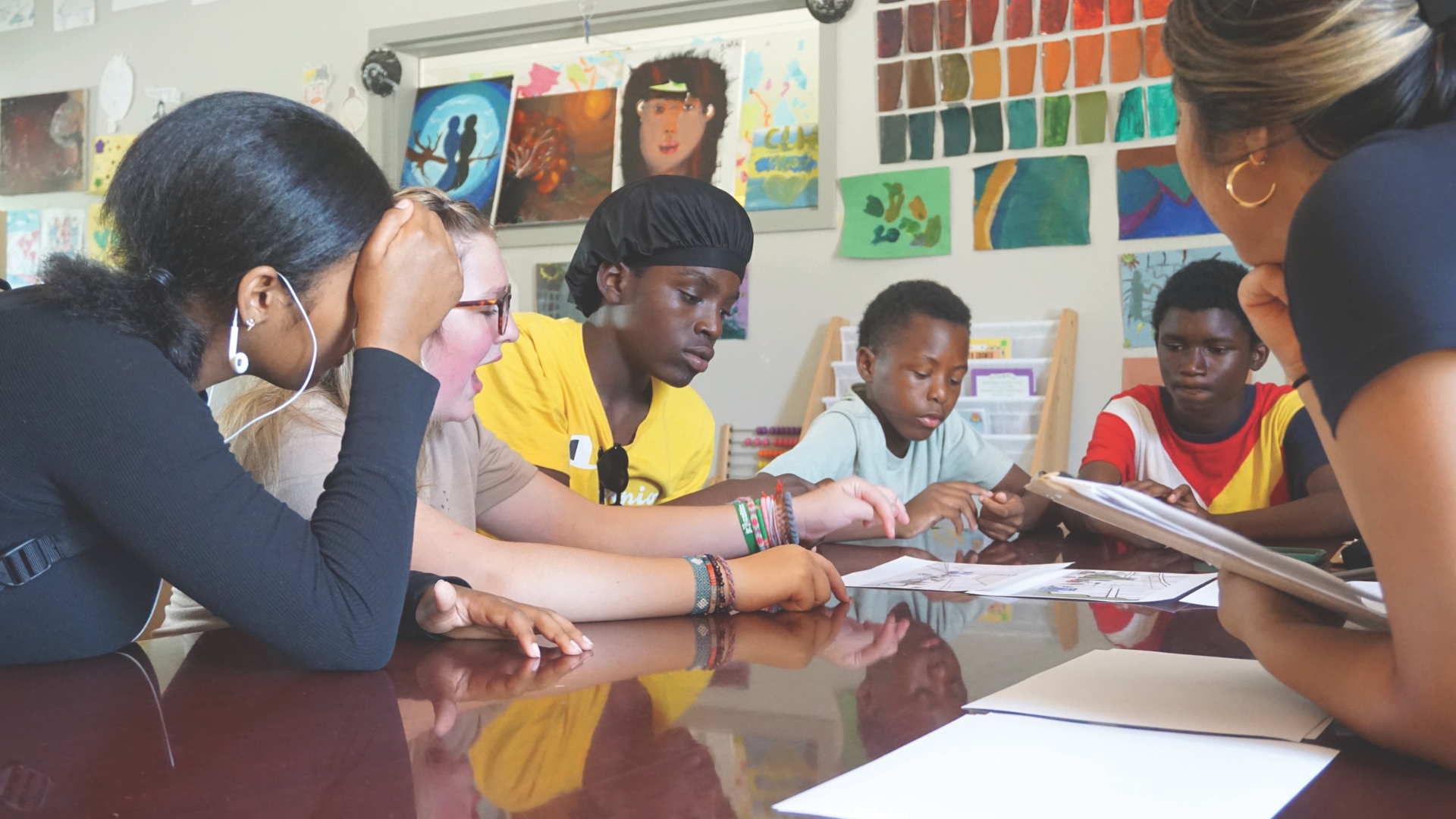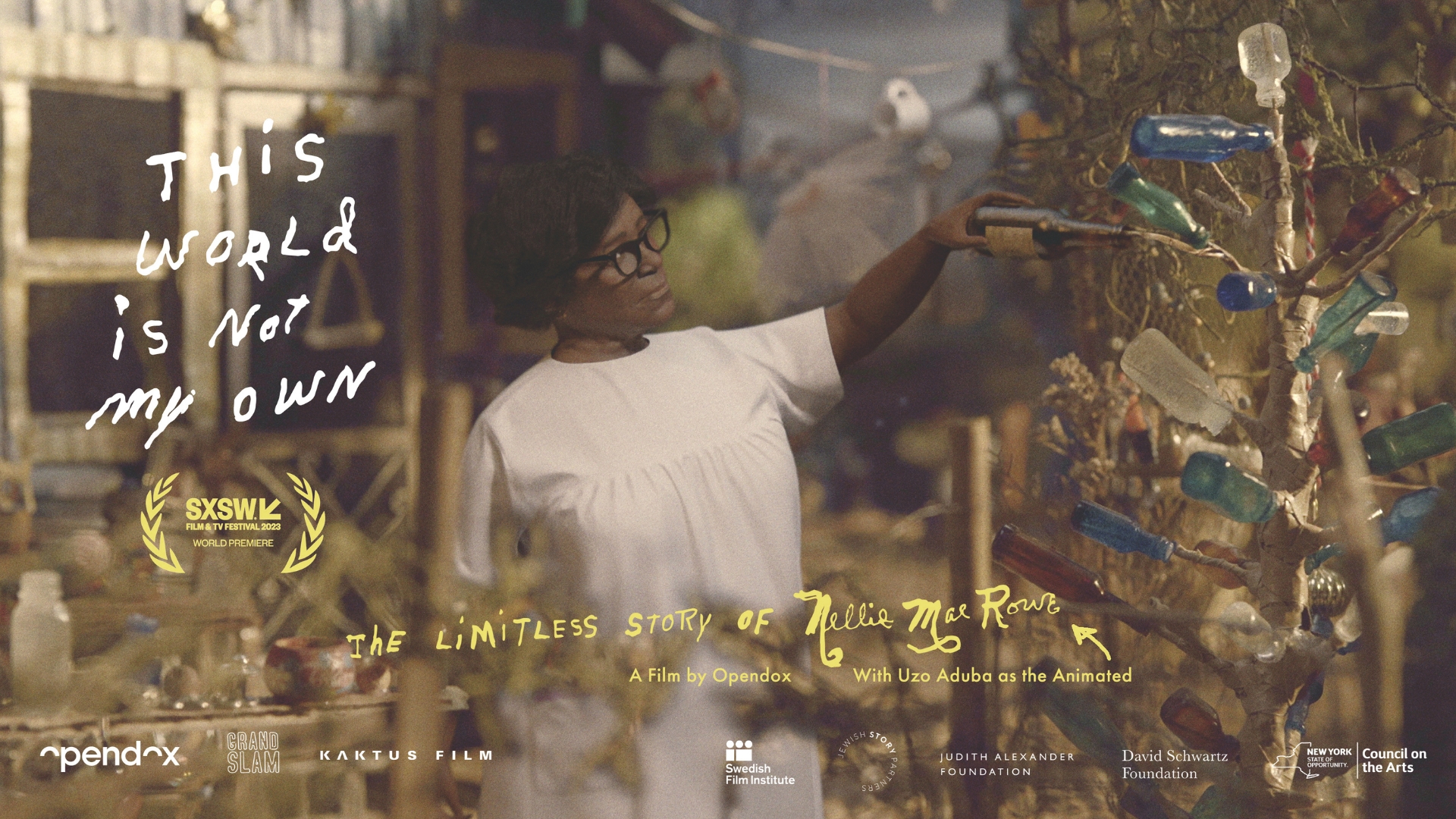Marquise Stillwell

Photo courtesy of Marquise Stillwell
2024 SEGD Fellow
As a designer and community builder, Marquise Stillwell’s career is rooted in a profound curiosity for people and spaces. His journey has spanned over two decades of practice and began with a deep interest in how humans interact with their environment and the systems that shape their experiences. This curiosity evolved into a passion for designing solutions that enhance environments and foster inclusivity.
Marquise holds an MBA and an MA in Economics, which laid the groundwork for his understanding of social behavior and spatial negotiation. Early in his career, he worked in corporate roles that offered insight into large ecosystems and how people collaborate within them. These experiences set the stage for his transition to entrepreneurial endeavors.
In 2009, Marquise founded Openbox, a New York City-based design research and planning studio dedicated to exploring the intersection of people and systems. His work at Openbox led him to co-found Opendox, a film company that highlights lesser-known narratives in art, science, nature, and politics. At Opendox, Marquise has executive produced the acclaimed film The New Bauhaus and co-directed This World Is Not My Own, which premiered at SXSW and Hot Docs.
Marquise’s commitment to making impactful, people-centered projects remains a consistent thread throughout all of his work. In collaboration with Room for Magic, he co-founded Deem Journal, a biannual print journal and online platform focused on design as a social practice.
As a way to dig deeper into the overlap of fine art and tech, he co-founded Artmatr, an international community of artists and engineers merging digital technology with traditional painting methods. Recognizing the urgent need for coastal resilience, he co-founded Urban Ocean Lab with Dr. Ayana Elizabeth Johnson and Jean Flemma to develop policy solutions for coastal cities. Most recently, Marquise acquired Stae, an open-source data hub that helps people visualize and leverage city data.
Marquise Stillwell’s core values—Inclusivity, People-Centered Approaches, Community, and Innovation—drive his approach to design and community-building. He believes in creating spaces that embrace our shared humanity while valuing our differences. His work across design, art, and culture exemplifies how these fields can serve as catalysts for unity and positive change.

Photo credit: Marquise Stillwell

Photo credit: Dan King
How did your upbringing shape the way you go about your work?
When I was a youngster, playing and making things was just a way of life, and I would say that I’ve never stopped making, playing, and building. I grew up at a time when something broke; you fixed it. You tinkered and played, and there was space for imagination. For me, finding paths to always be able to do that has been a way of living that goes beyond just having a career.
Was there a particular person or experience that inspired you to enter the design field?
I grew up in the industrial Midwest, and design was just a way of living. You were allowed to take things apart and build things. I was surrounded by steel mills and auto plants. These were people who might not be considered makers today, but they were. Look at some of the major design firms; they came out of areas like where I grew up. I can’t point to one person [who influenced me]; I see myself as part of a “we,” a long legacy and history of individuals who came before me and who also had that permission to play.
How did your design research and planning studio, Openbox, come to be?
I’ve been in this space of designing and making professionally for almost 25 years. I started with the idea that being an inventor was being a designer. Openbox centers people and understands the process of designing with and for people. I come from a background where community was part of my life—my dad was a minister and involved in community action. The conditions were perfect for what we now loosely call design. Openbox was established to organize all the things I’ve been doing into a place that allows me to continue to play, connect with people, tinker, and add value by centering people and community.

Photo Credit: Marquise Stillwell

Image credit: Marquise Stillwell
How do we, as a community of designers, move towards more enduring, sustainable structures and spaces?
The design model and client relationship need to change. We’ve become vendors, not partners. We fell in love with the output and let go of the process. For me, design is about the process. It’s tough to take clients on that journey, but we need to build more evidence that the process matters. I think it’s a challenge to scale that, which is why we’ll always remain a smaller studio. It’s hard to scale when the process is at the center of your practice versus the outcome that pays the bills.
Given your involvement in a wide variety of professional endeavors, how do you decide where to focus your attention?
I see the work I do and the collaborators I work with as a micro-circular economy. At scale, I can only do so much, but with partners, I can scale beyond my personal reach. I want to ensure that within our thinking, there’s a throughline of storytelling and adding value. I co-founded a film company with Petter Ringbom to tell stories of underdogs, people you may not have heard of. Urban Ocean Lab, which I co-founded with Jean Flemma and Dr. Ayana Johnson, looks at the relationship between cities and the coastline, particularly in the face of climate change. Deem Journal allows me to go in-depth with stories. My government tech platform, Stae, uses quantitative data to expand on qualitative data from Openbox. All together, this creates a micro-circular economy that allows us to expand our reach, even in a small organization.
What do you see as the future of design education?
I think that formal education, especially for creatives, isn’t always the best path. The formal process of classroom learning isn’t conducive to the kind of work we do today. [Students] need apprenticeships. They need to mimic, and they need to do the hand motions. Your hands are part of your memory, and if you’re not using your hands and only using your head, it’s hard for your heart to lean in. Design is head, heart, and hand.
What responsibilities do current practitioners have toward the next generation of designers?
As designers, we need to create better conditions for this next generation. It’s about thinking through the process, policies, and whether we even need more buildings. I challenge senior architects—do we really need to build more? Our role is to create conditions for how we live, not just to make things. We are spatial relationship architects, and we need to think about the conditions we’re setting for the future. It’s about teaching the next generation about white space, about not filling every empty lot. I’m optimistic about the future, but we need to be thoughtful about what we do and don’t need.
People also viewed
-
The 2024 SEGD Class of Fellows

The 2024 SEGD Class of Fellows